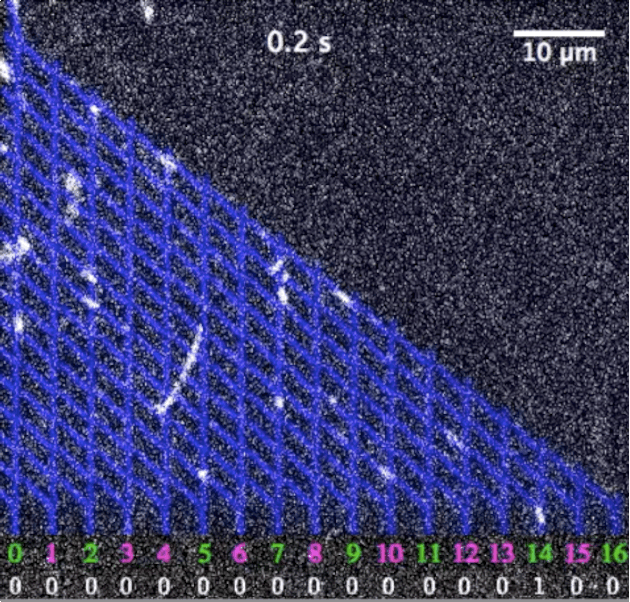 Kris NaudusWorked at The Pokemon Company for 5 ½ years.
Kris NaudusWorked at The Pokemon Company for 5 ½ years.
Pokémon is a handheld series. I felt like that point was hammered home during the Sun and Moon announce video, which showed kids (and adults) playing on various Nintendo handhelds as much as it showed the actual games. We've all heard the story of how Satoshi Tajiri was inspired to create Pokémon by this childhood love of bug collecting. That initial design ethos manifests in every generation of the game, not just in the places you go or how weird the creatures get, but in finding inventive ways to get you to go outside and meet people.
The big one is the way they split Pokémon between the two versions, which meant that you had to find someone with the opposite version of the game to trade with. Granted, the Global Trade System sort of removed that requirement and all the socializing that came with it, but I still see people getting together to talk about Pokémon in person and I think it helps that you can bring your devices with you. The portability just feels so fundamental to the Pokémon experience at this point.
 Aaron SouppourisFirst Pokémon: Charmander (always picks Fire starters).
Aaron SouppourisFirst Pokémon: Charmander (always picks Fire starters).
Let me make one thing clear, to start: I don't want Pokémon to disappear from handhelds. But I do want it to transcend both the platform and the slightly lazy habits it's slipped into. A console version of Pokémoncould work in a number of ways.
While I'd love to see Sun and Moon developed for both handheld and console concurrently, I'd settle for a console remake of an older game. My favorites, due to nostalgia more than anything else, are the Gen I games. Although they've been remade, their remakes are built on the same Game Boy Advance engine as the Gen III games... which were brought up-to-date with the release of OmegaRuby and AlphaSapphire. It feels like Gen I has been left behind. Why not take what is clearly the most nostalgia-inducing game and remake it?
I can't help but think of Level-5's PlayStation 3 game
Ni no Kuni: Wrath of the White Witch, which is a remake of a DS game. It shares a lot with the
Pokémon series -- you're exploring a world, collecting adorable "familiars" that can be tamed to fight for you, for one. But the transition to console adds a lot of additional depth, and you can't underestimate how different it is exploring this other world on a full-power console when compared to the 3DS. Ever since picking up
Ni no Kuni, I've been dreaming of exploring Gen I's Kanto with the presentation and depth of emotion the original anime brought to the table.






